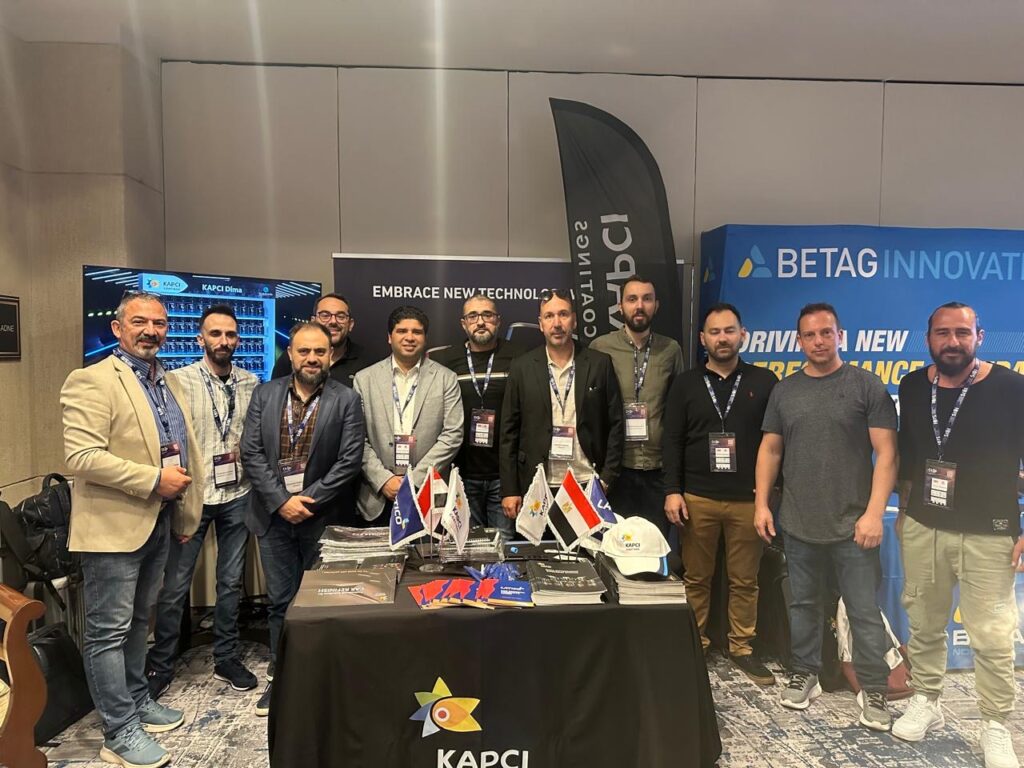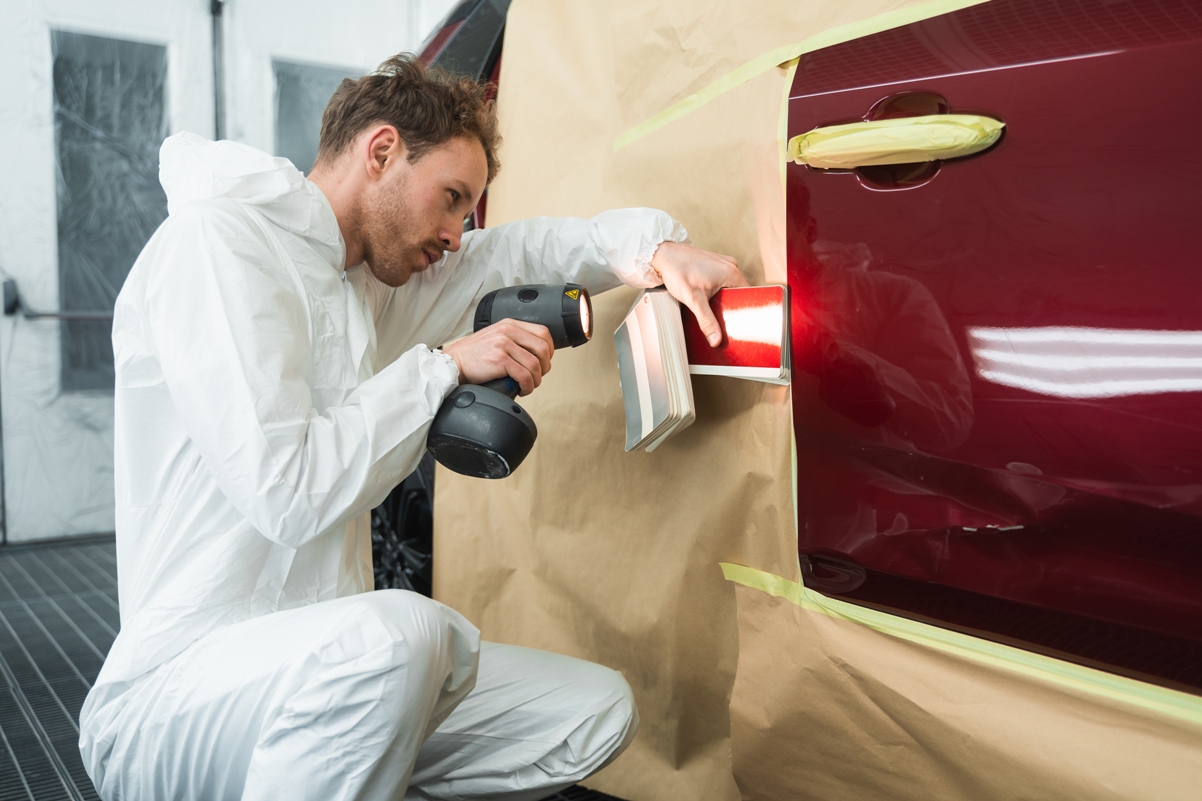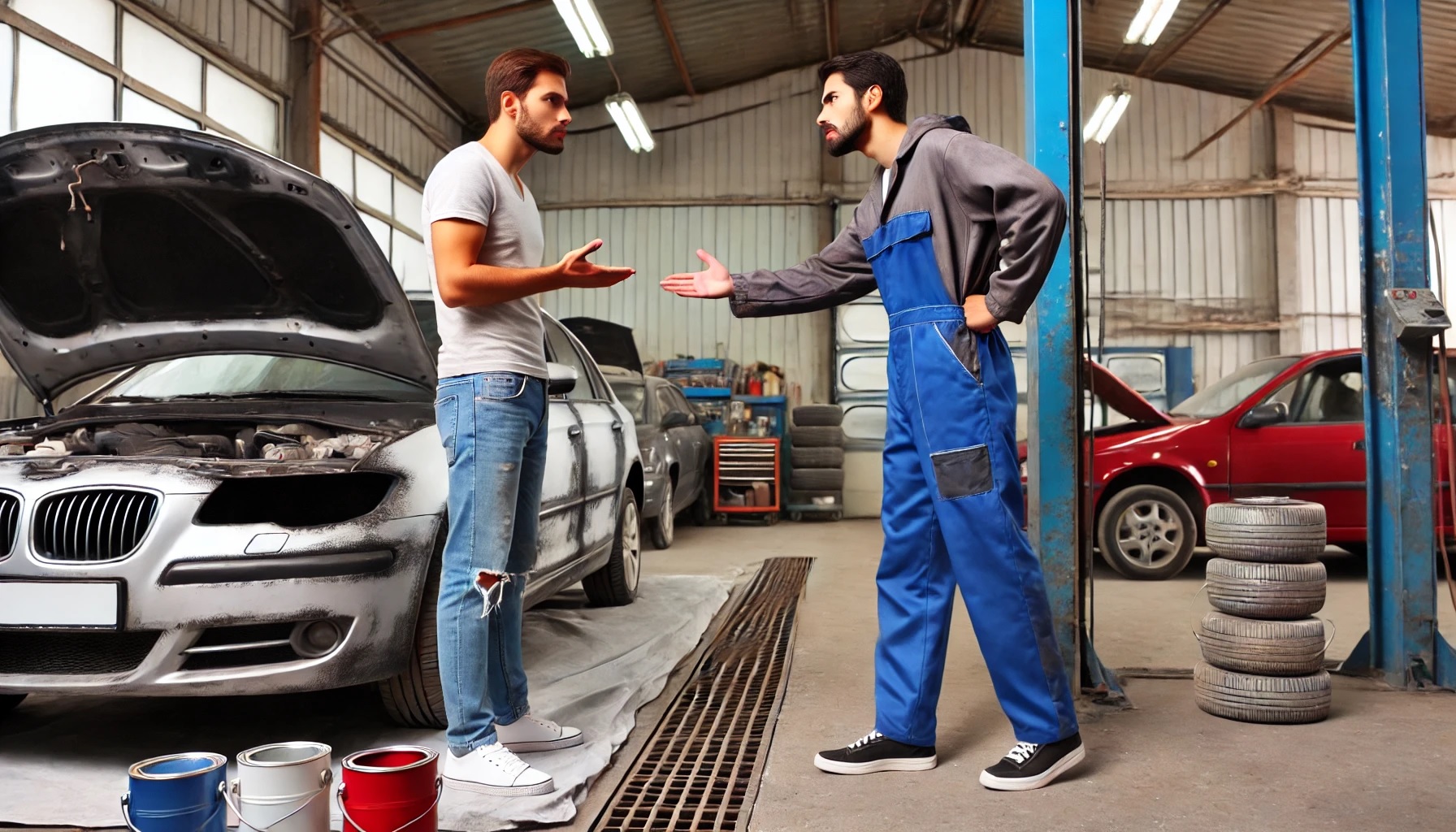For those of you who is not familiar with IBIS (not the hotel chain), it stands for the International Bodyshop Industry Symposium. Every year a number of regional and one global summit take place. This year IBIS Global took place in my home country, in Rhodes Island, Greece. IBIS is a unique platform where the main stakeholders of the industry gather to share their thoughts on the present and the future. One can find high ranked managers from paint manufacturing side, insurance companies, bodyshop networks, distributors and tools manufacturers to mingle around.Personally, I had a pleasure to meet a few old friends from all over the world, which is always wonderful, especial in post-pandemic era. While all the topics and panels were very interesting, I will distinguish a few points that stroke me the most.
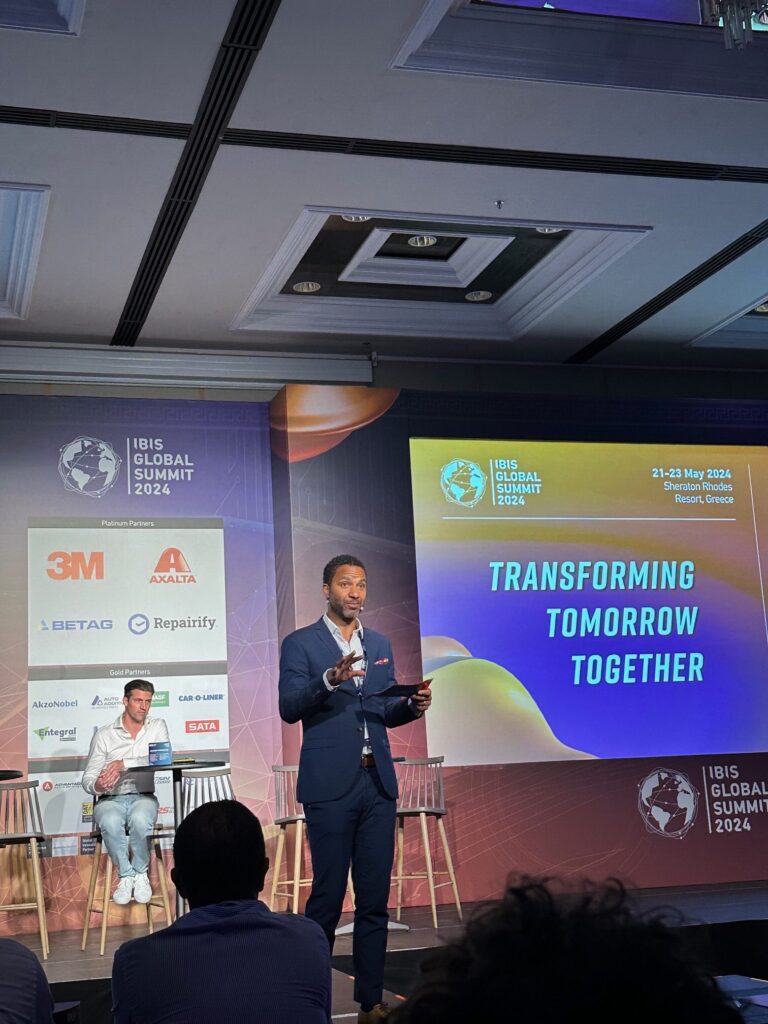
Talent Attraction
Among all industry challenges, one is probably the most crucial. Lack of new people undertaking the careers as panel-beaters or painters is obvious. Youth is not interested in manual work, and young people are extremely wary of the vocational health risks and work environment. The problem is truly global, and an average bodyshop somewhere in Iowa struggles to find employees just like its peers in Australia or France. More and more industry’s employers understand the problem and offer attractive financial conditions along with the career development plans and excellent working environment. What was clearly stated by the panel’s experts that every employer should have a plan for attracting people. In fact, we need to understand that there is a true competition out there to get the best talent available. Key point from this discussion is that a career in the collision repair industry should be upgraded in the minds of potential employees (and even their parents) from that of a dirty, poorly paid job to a complex technologically advanced career with excellent working environment and financial benefits.
AI and Digitization in Collision Repair is Already Here
Artificial intelligence came to our industry to stay. In different words, all the participants have stated this clearly. The usage of AI is not limited to the marketing and copywriting. The main breakthrough, as I see it, will be in the job estimates procedure. As one of the speakers said, there is always a “friction” between the job providers (insurance companies) and the bodyshops. This friction mainly lies in different view what the fair price is for the work to be done. AI can incorporate millions of accident cases and make the estimate as accurate as it could be. Perhaps in the new future AI will be some kind of arbitrator to create the bench mark value for each repair job. While I think that the human expert’s revision will still be necessary, the speed of the AI development may surprise us how fast the changes in appraisals will come.
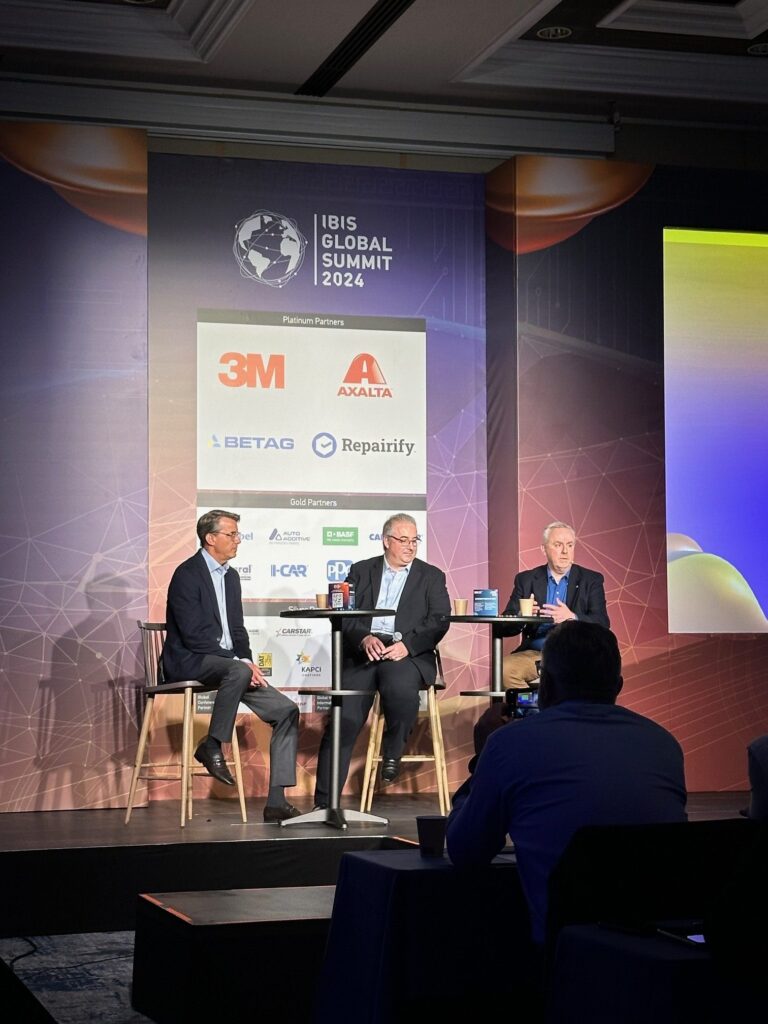
3D Technology is Auto Repair Task Force
Another interesting topic was about 3D printing technology applied to the collision repair industry. Most of us imagine 3D printing as an expensive tool for the high-end developers, who create 3D models for their customers in order to visualize the future project. Probably scientists in NASA or some other high-tech companies are the other beneficiaries of 3D models. But what about the bodyshops? How on earth our industry can utilize 3D printers? In fact, our industry can, and some companies in the USA already use it.
Modern vehicles are built from thousands of parts. Some of them are big, some small, some are really tiny. It is not a secret that spare parts supply is a bottle neck in the collision repair procedure. Often customers have to wait for weeks before some spare part arrive, and the global supply chain problems after pandemic have worsen these problems. Sometimes a tiny piece of plastic is missing, and the whole repair process freezes for good. Imagine a broken plastic part of a headlight, which can be replaced by a 3D printed part within a few minutes. OEMs could license a software with all the bits and pieces in digital files ready to be printed and replaced. It is clearly a win-win situation for everybody. Already some companies in the USA (headlights.com) expressed an interest in 3D printing for the headlights’ repairs.
The main constraint remains the cost of the hardware and software. 3D printers are expensive and for the moment it is difficult for the workshops to invest. Additionally, there should be set a legal framework for spare parts blueprints from OEMs. My personal opinion that we are still far away for the broad implementation of 3D technology in the body shops, however it is definitely interesting subject to keep your eyes on.
EV Bodyshops
Electric vehicles growth rates are remarkable. Decreasing costs of the electric vehicles, along with the governments’ incentives for the clean vehicles and increasing traditional fuel prices, all of it led to more and more EV vehicles on the roads. Inevitably, there is a growing demand for specialized repair shops, who have the knowledge of repairing EVs. In the UK, for example, EV Bodyshops (evbodyshops.co.uk) has been founded to cater especially for the customers’ electric vehicles. In business many times it is better to be an expert in one niche. EVs’ repairs can be that niche. Why not?
For me the main takeaway from IBIS Global Summit is that we live during challenging but exciting times. The car collision repair industry will be influenced by the new technology much faster than we can imagine, so being in line with the technological advancements is of a paramount importance.
Special thanks to Kapci Coatings, Silver partner of IBIS, for the invitation of Alexport’s team and our customers to this wonderful event.
